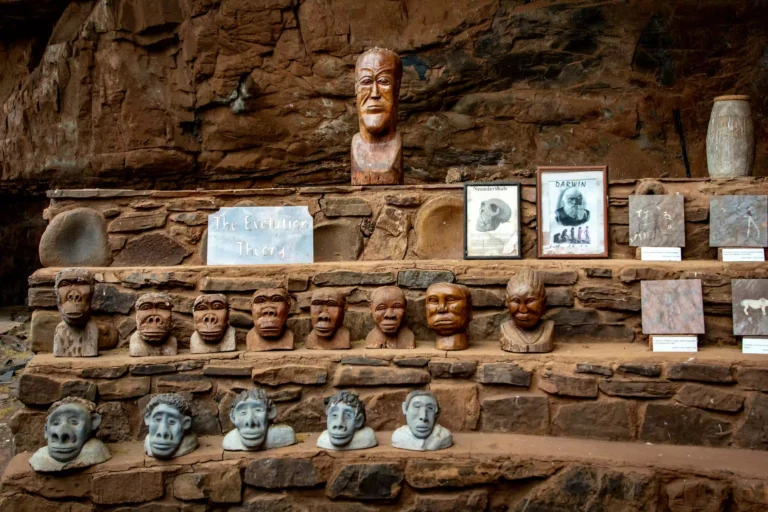
Did Homo Naledi Really Bury Their Dead 250,000 Years Ago?
A shocking discovery in South Africa could rewrite human history — but is it fact or fiction?
Were Homo Naledi Capable of Burying Their Dead?
In 2023, paleoanthropologist Lee Berger shook the scientific world with a claim that could rewrite everything we thought we knew about ancient human ancestors: that Homo naledi, an extinct species of hominin, intentionally buried their dead and created symbolic art — over 150,000 years ago.
If true, this places ritualistic behavior in a species with a brain only a third the size of ours.
But is the evidence solid, or just a wild misinterpretation?
A Burial Cave in South Africa
The discovery comes from the Rising Star cave system in South Africa, where Homo naledi remains have been studied since 2013. In recently excavated areas, researchers found:
- Shallow depressions with skeletal remains
- Soot-like substances on cave walls
- Possible carvings or engravings
Berger and his team interpret these findings as proof of funerary behavior, suggesting that Homo naledi dug graves and decorated walls, possibly as part of a ritual.

“If correct, it changes everything we know about cognitive evolution,” said Berger in National Geographic.
The Scientific Backlash
However, the claims have not gone unchallenged. Many experts argue the evidence is far from conclusive:
- Grave-like holes could have natural geological explanations
- Charred materials might result from recent contamination, not ancient fire use
- The “art” might be incidental scratches or erosion, not intentional engravings
A Nature article quotes several skeptics questioning the lack of peer-reviewed analysis and robust dating.
In other words, Berger’s team may have found something, but calling it art or burials might be a stretch.
What Makes This So Controversial?
If Homo naledi buried their dead, it implies symbolic thought, social structure, and ritual — behaviors long believed to be exclusive to Homo sapiens or at least Neanderthals.
More controversially:
- Homo naledi had a brain size of ~465cc — similar to a chimpanzee
- They used primitive tools and likely did not speak as we do
How could such a being grasp death and art?
New Humans or Overinterpretation?
Whether Homo naledi buried their dead or not, the very idea challenges the linear view of human evolution. Intelligence, it seems, might not be tied to brain size alone — or we may be reading far too much into rocks and bones.
More research is needed. Until then, the question lingers:
Was Homo naledi the first ritualist, or are we just seeing what we want to see?






